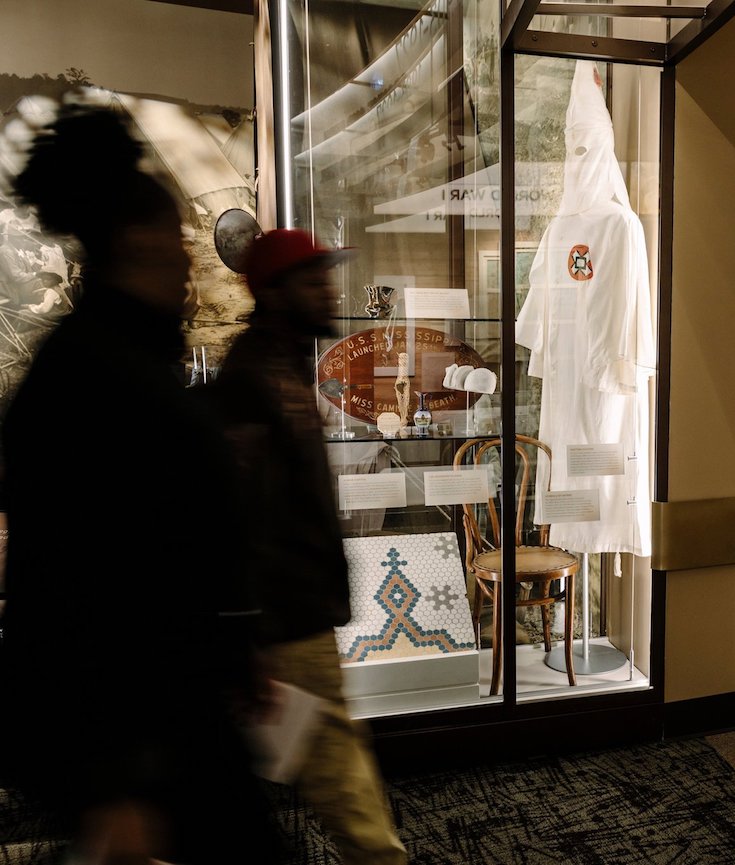[dropcap]JACKSON[/dropcap], Miss. — The last time I visited this Southern city was in June 1964, Mississippi Freedom summer, when Northern college kids were traveling south to register voters, though that wasn’t why I was here. A high school sophomore, AWOL from home, I was on a cross-country bus trip from Boston, and Jackson was one of the stops. I wanted to meet Eudora Welty, who I knew lived there and whose early, playful stories I loved. My plan was to call from a pay phone, then drop by her house to say hi.
Welty’s writing, wry and linguistically zany, was the only version of “South” I knew, and it made me eager to go there. But by the time I reached Jackson, I was feeling uneasy. I’d seen “colored entrance” signs on public buildings and falling-down sharecropper shacks along the road. I’d also heard rumors that three civil rights workers had mysteriously disappeared. I hoped a meeting with Welty might be reassuring. But when I couldn’t find her in the phone book, and no one I asked knew her name, I caught another bus and moved on. [mc4wp_form id=”6042″]
Politically, at this stage in my life, I was out of touch, insulated by privilege, aware only in a muffled way — through reading, mostly — of the racism that saturated American life. The trip started to change that. It triggered alarms that have never shut off. And I heard them loud and clear when I returned to Jackson to see the new Mississippi Civil Rights Museum that recently opened here.
 William Widmer for The New York Times | Photo Credit
William Widmer for The New York Times | Photo Credit
 William Widmer for The New York Times | Photo Credit
William Widmer for The New York Times | Photo Credit
 William Widmer for The New York Times | Photo Credit
William Widmer for The New York Times | Photo Credit
 William Widmer for The New York Times | Photo Credit
William Widmer for The New York Times | Photo Credit
NATIONAL MUSEUM OF AFRICAN AMERICAN HISTORY & CULTURE | WASHINGTON, DC
The National Museum of African American History and Culture is the only national museum devoted exclusively to the documentation of African American life, history, and culture. It was established by Act of Congress in 2003, following decades of efforts to promote and highlight the contributions of African Americans. To date, the Museum has collected more than 36,000 artifacts and nearly 100,000 individuals have become charter members. The Museum opened to the public on September 24, 2016, as the 19th and newest museum of the Smithsonian Institution. (Website).


You must be logged in to post a comment.